|
|

|
Calls us:
+66 3 816 9845
|
|
|
|
|
|
|
- plastic mesh for plastering Activities -
|
|
Why Choose Us

|
|
garden steel net / garden mesh netting / plastic garden mesh / garden net plastic: YJ Wire Mesh supplies various types of netting specifically designed for gardening applications. This includes both steel and plastic variants. Steel garden netting, often galvanized, is used for constructing robust trellises for climbing plants, protective cages for shrubs, and durable fencing to keep out larger pests. Plastic garden mesh, made from materials like HDPE or PP, is lighter and used for bird netting over fruit bushes, insect netting for vegetable patches, and shade cloth. Both types provide gardeners with tools to support plant growth, improve yields, and protect their plants from animals and environmental factors.
|
|
|
|
|

50✖25 mesh anti-aging insect net insect proof net
Read More
|
|
|
|
|
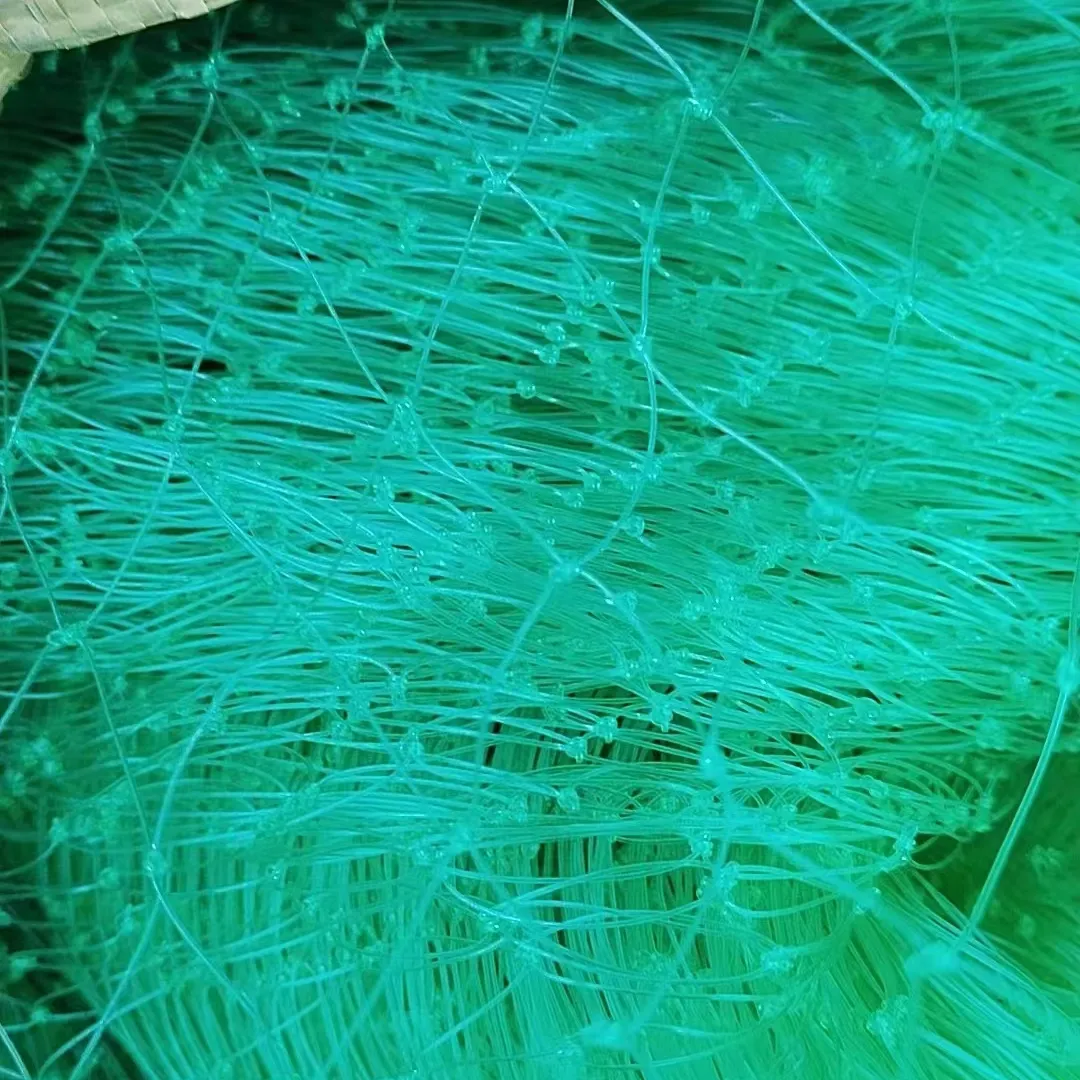
A Network Designed Specifically for Bird Conservation and Research Efforts
Read More
|
|
|
| |
|---|
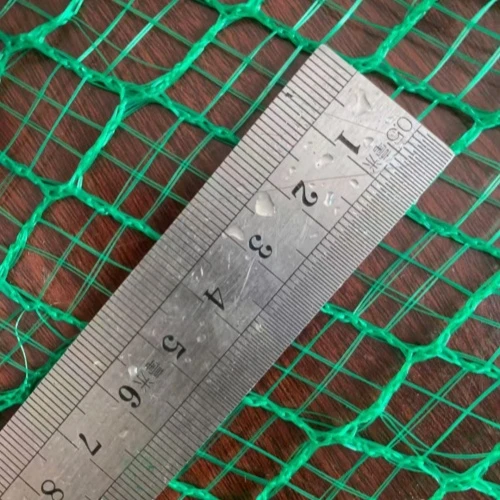
A Guide to Stainless Steel Mesh Applications and Benefits in Various Industries
Read More
|
|
|
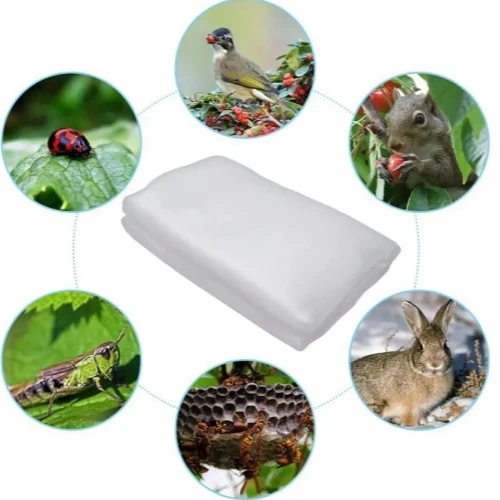
6 Top Benefits of Using Anti-Insect Nets
Read More
|
|
|
|
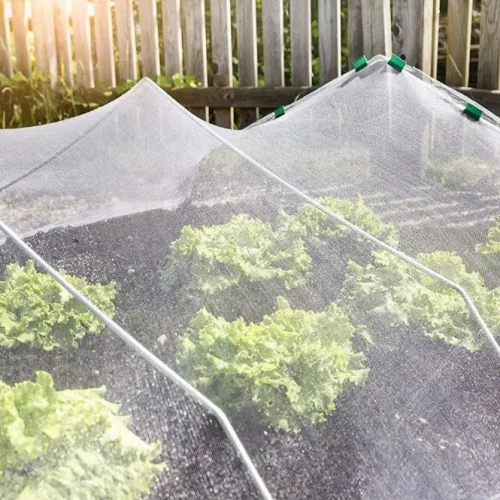
A Guide to Understanding Big Bug Netting Techniques and Benefits
Read More
|
|
|
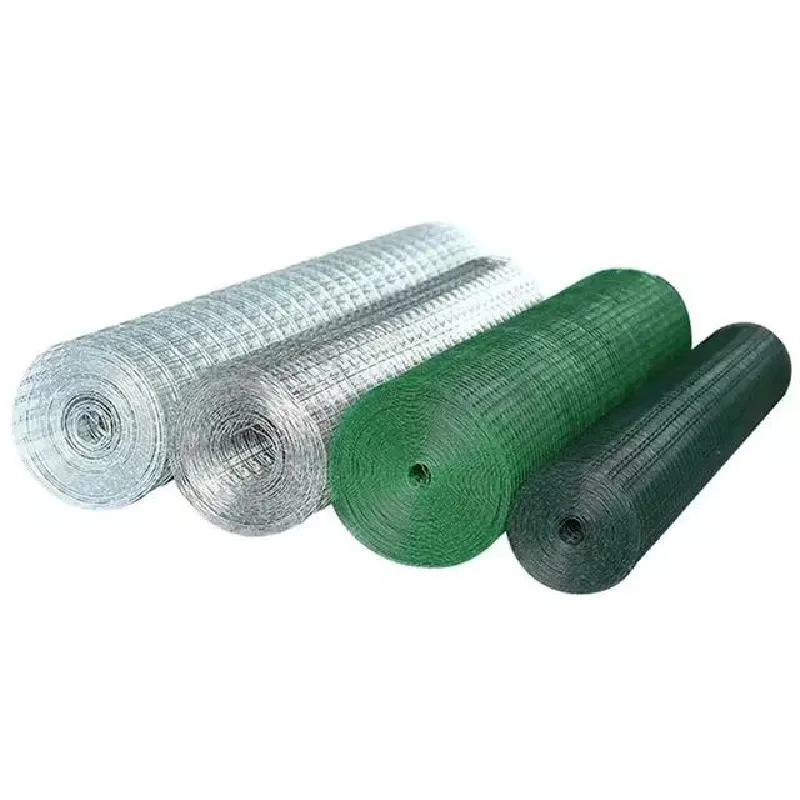
25mm Wire Mesh for Versatile Applications and Durable Solutions in Various Industries
Read More
|
|
|
|
|
plastic mesh for plastering_fine netting for plants

|
|
safety net / safety mesh / debris netting / safety netting / rubble netting / safety net fan / fall netting / dust netting / rack netting / safety net pdf / safety net faq / safety net type: YJ Wire Mesh manufactures industrial-grade safety nets designed to protect people, property, and equipment. This includes debris netting for construction sites to contain falling materials like dust and small rubble, fall protection nets for scaffolding to catch workers or tools, and rack netting for warehouses to prevent items from falling from high shelves. These nets are engineered from high-strength materials like polyethylene or nylon to absorb impact and contain debris, thereby enhancing workplace safety, preventing accidents, and ensuring compliance with industry safety regulations on job sites worldwide.100um filter mesh / galv wire netting / plastic flat mesh / one ton tote bags / safety net design / ton bags for sale / 2 tonne bulk bags / one ton bulk bags / one ton sand bags / 1 ton super sacks / 1 tonne skip bags / 1 tonne waste bag / big bag recycling / aggregate ton bag / builders ton bags / cement 1 ton bags / ballast 1 ton bag / one ton jumbo bag: YJ Wire Mesh manufactures precision "100um filter mesh" for fine particle separation. They also produce "galv wire netting" (galvanized for rust resistance) and "plastic flat mesh" panels. A core product line is FIBCs, often called "one ton tote bags," "super sacks," or "jumbo bags." These are "for sale" in various configurations: "one ton bulk bags" for "sand," "cement," "ballast," and "aggregate." They also offer "2 tonne" capacity bags and "skip bags" for "waste" collection and "recycling." Their "safety net design" service creates custom solutions. These "builders ton bags" are essential for handling bulk materials on construction sites and in industry.https://www.yjwiremesh.com/images/richgoods/9_202406061637323031.webpstarling netting: Starling netting is a specific type of bird netting designed to exclude starlings, which are small, aggressive pest birds that can cause significant damage to fruit crops and invade structures. YJ Wire Mesh produces netting with a mesh aperture size small enough to prevent starlings from passing through, typically around 19mm (3/4 inch) or smaller. This netting is used to protect cherry orchards, berry farms, vineyards, and building eaves where starlings commonly roost and nest. It is a targeted, humane, and effective solution for controlling starling populations and protecting assets from their damage.citrus net / net for grapes / grape netting / vineyard netting / blueberry net / fruit netting / cherry netting / citrus netting / netting fruit / apple tree net / fruit tree net / peach tree net / cherry tree net / orchard netting / fruit tree mesh: YJ Wire Mesh produces specialized netting for protecting fruit crops, particularly citrus fruits, grapes, berries, and other orchard fruits. This netting is designed primarily as a bird deterrent but also offers some protection against hail and excessive sun. Made from lightweight, UV-stabilized HDPE, it allows for necessary sunlight and rain to reach the plants while creating a physical barrier that prevents birds from pecking at and destroying the ripe fruit. It is a crucial tool for commercial fruit growers to significantly reduce crop losses and improve harvest quality, and is designed for easy deployment over trees and vines.
|
|
|
|
Top News

|
|
gfrp mesh: GFRP (Glass Fiber Reinforced Polymer) mesh is a modern, non-corrosive alternative to traditional steel reinforcement mesh. YJ Wire Mesh produces this composite mesh by weaving fiberglass strands coated in a polymer resin. It is incredibly strong yet lightweight, and it is completely immune to rust and corrosion from salt, water, and chemicals. This makes it ideal for reinforcing concrete in challenging environments like marine structures, bridges, roadways, and building facades where concrete spalling caused by rusting steel rebar is a major concern. It also provides excellent thermal insulation and is non-magnetic.
|
|
|
|
|
|
Hot News

|
|
20 shade netting / 40 shade netting / 50 shade netting / 60 shade netting / 80 shade netting / 90 shade netting / 95 shade netting / 98 shade netting / 100 shade netting: These percentages indicate the shading density of shade nets manufactured by YJ Wire Mesh. A "20% shade net" blocks 20% of sunlight, allowing 80% to pass through, while a "98% shade net" blocks almost all sunlight. Lower density (20-50%) is used for light-sensitive plants or livestock shading. Medium density (60-80%) is common for horticulture and nursery plants. High density (90-98%) is used for creating dark areas, heavy sun protection, or privacy screens. Choosing the correct percentage is crucial for creating the ideal microclimate for specific plants, animals, or human comfort.
|
|
|
|
|
|
|
|
|